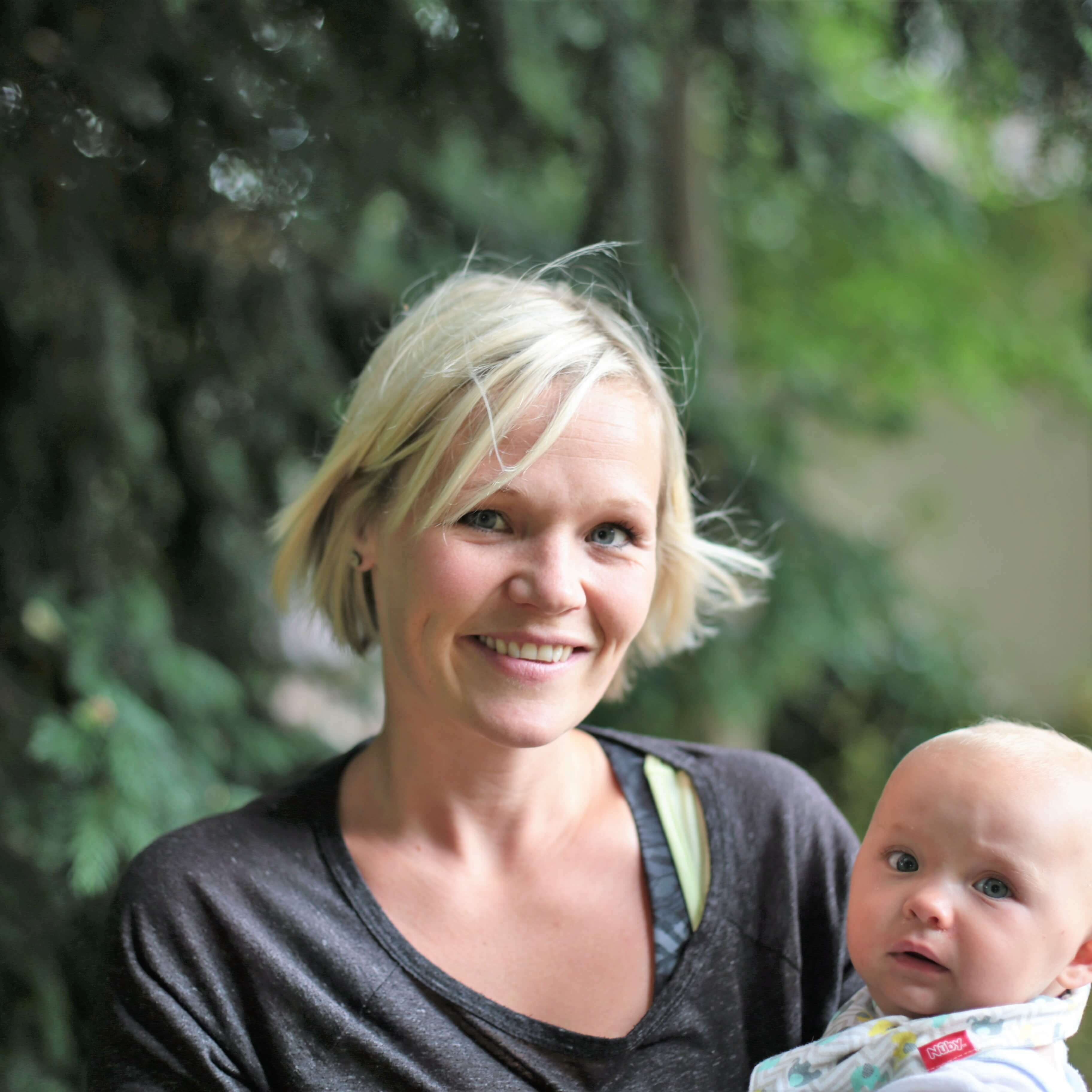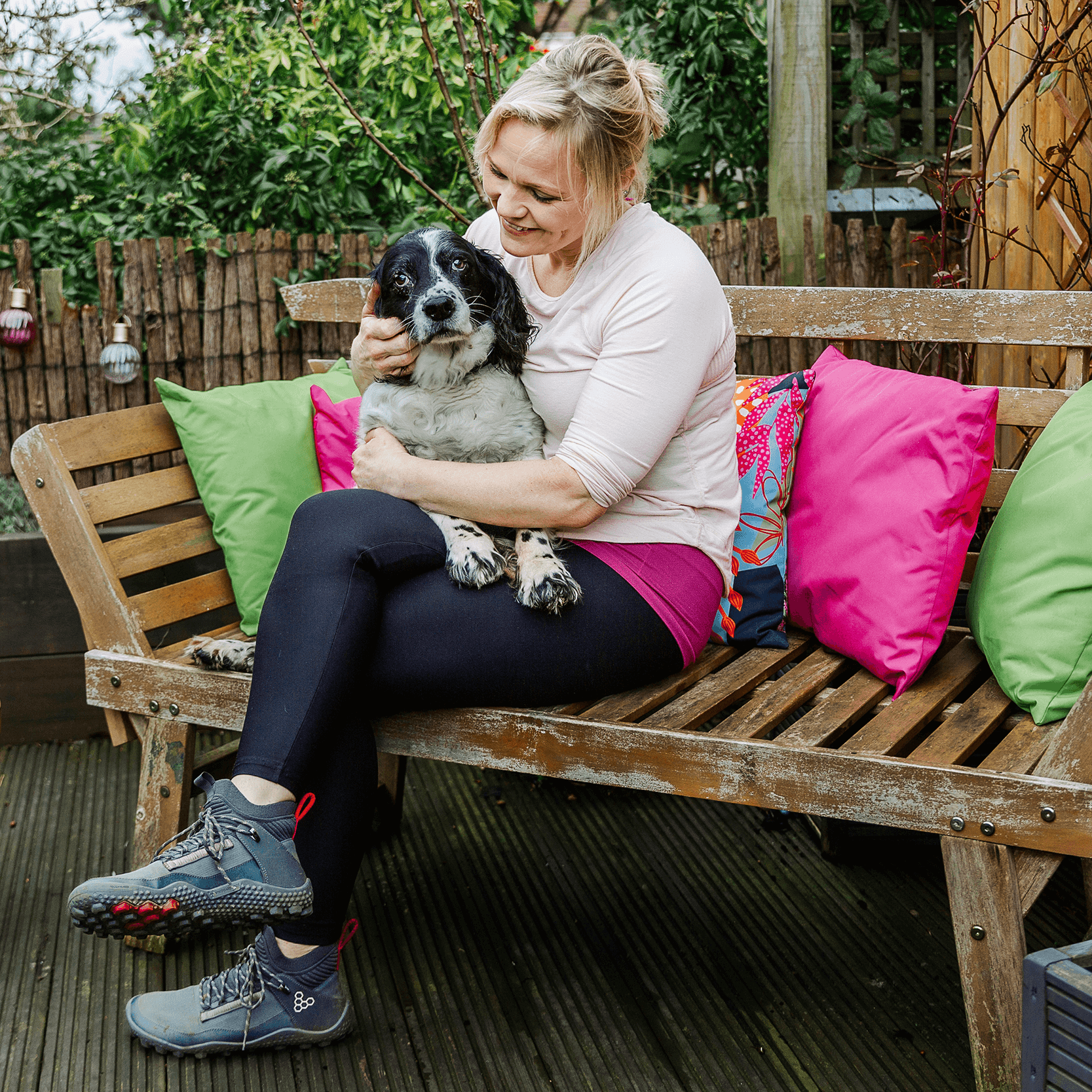
Post By
Charlotte Lune, Women's Massage Therapist and Restorative Fitness Coach
After giving birth, the timeline for when it is safe to start exercising again will vary depending on a number of factors such as the type of delivery, any complications experienced during childbirth, and your overall health. Please make sure before doing any exercise your have had your 6 week check and have checked with your doctor. They will be able to provide you with appropriate guidance and recommendations that apply to you.
In general, if you had a healthy pregnancy and a normal vaginal delivery, you can typically start with gentle exercises, such as gentle breathing and walking, within the first few days after giving birth. However, it’s important to listen to your body and not push yourself too hard. Gradually increase the intensity and duration of your workouts over time as you regain strength and energy.
If you had a C-section or experienced any complications during childbirth, your doctor or midwife may advise you to wait longer before beginning exercise. This is to allow for proper healing or any other specific recovery needs.
Remember that postnatal exercise should focus on rebuilding core strength, improving cardiovascular fitness, and gradually returning to pre-pregnancy fitness levels. It’s also crucial to pay attention to pelvic floor health and consider exercises that help strengthen those muscles.
Always proritise your well-being and make sure you are aware of your unique situation.
The importance of breathing in postnatal exercise
We all know how vital the breath is to get you through labour.
But did you know it plays an equally important role in healing your body after you’ve given birth?
It’s one of the most important tools you can use to get your body back functioning properly and ready for real “exercise” again.
Exercising immediately after the birth of your baby
I say it, everyone says it: in the first few days after childbirth focus on rest and recovery.
Remember, you have performed a super human feat by creating another little person – it’s going to take a little while before you feel like superwoman again!
Be guided by how you feel and how much energy you have. A mum recovering from an assisted birth or a caesarean will feel different to one who’s had a quick and uncomplicated vaginal birth.
Above all, it’s important to take your time before embarking on any postnatal exercise.
Postnatal recovery
It all begins with the breath.
The strains of pregnancy and labour can cause an imbalance and tightness in your muscles.
One of the easiest and best things to start with is the breath.
Correct breathing gets them firing up again and moving properly and will help start to heal any pelvic floor and Diastases issues (more on these later) you may have.
Here’s a simple breathing exercise to aid post
Postnatal recovery:
- Lie down on a comfortable surface with your knees bent and relax your body as much as possible, allowing your weight to sink down as much as possible;
- Gently place your hands on your abdomen, close your eyes and bring awareness to your breath;
- Inhale into the sides and the back of the ribs all the way down to your pubic bone. Your abdomen and hands will rise upwards; allow the stretch your abdominal muscles outward. Relax the pelvic floor. Hold for a count of five;
- On the exhale visualise that you are pulling your pubis towards your coccyx and pulling the whole blanket of your pelvic floor up. Your abdomen and hands will fall downwards. At the end of your breath you should feel a gentle tensioning in the abdominal muscles. Whilst continuing to pull up the pelvic floor hold for a count of five.
- Repeat three to five times.
Make sure you feel comfortable doing this before even considering movement-based exercise.
Exercising safely
Other safe things you can do in the first six weeks post-partum include:
Stretch and massage
Both stretching and massage can help release any tight muscles that you have accumulated through pregnancy.
Kegels
Working your pelvic floor improves circulation to the area and will help heal your perineum and vagina, reducing swelling and bruising. Your health visitor or midwife should guide you through these.
Gentle walking
Gentle walking is a great way for new mums to exercise. Getting out will help to protect against postnatal depression too.
Postnatal Check-up
Wait until after your postnatal check (6-8 weeks) before embarking on anything more strenuous than Kegels and walking.
Your health advisor will be able to tell you if it is safe for you to start exercising.
Diastasis Recti
Diastasis Recti is when the two vertical muscles down your front have been stretched in pregnancy and a gap appears between them.
If your tummy feels soft and “goey” or your pelvic floor doesn’t feel right – it probably isn’t!
Your midwife or health visitor will be able to help you identify this but do remember to ask them to perform the checks as they are often not done automatically.
If any issues are identified, one course of action is to see a specialist physiotherapist who can give you specific exercises to do. Alternatively you can attend classes designed around helping women with core and pelvic floor issues.
Advice
Do seek expert advice though as some exercises – such as sit-ups or the plank – may make the problem worse.
I run several appropriate classes for newly (or not so newly) postnatal women, where you will undertake a thorough pre screen and I will check for any abdominal separation and advise accordingly.
Holistic Core Restore®
As a fully certified Holistic Core Restore® coach with Burrell Education, I provide six-week courses that are suitable for all postnatal women but especially for those who are suffering from pelvic floor issues and Diastasis Recti. Babies are welcome, too.
The course covers exercise, online support and nutritional advice. It also comes with free exercise equipment and a lifetime’s access to the Burrell Education hub.
It’s all about exercising safely and building up strength in your core and pelvic floor in a controlled and holistic way. Healing won’t happen overnight, but the first step is to be informed and our bodies can be incredibly responsive.
Buggy Fitness Classes
Once your pelvic floor is stronger you can move on to my fitness classes, which will build up your strength safely. Remember motherhood is a marathon and not a sprint! Pace yourself.
Knowing what to do – and what not to do – is key. And before anything else, always focus on the breath.
For more information on safe postnatal massage and details of my any of my classes please get in touch or book on.

Are you feeling overwhelmed by the demands of everyday life?
Do you find yourself longing for a sense of direction and purpose, but constantly held back by your own limiting beliefs?
Contact me for a free consultation to discuss your needs, book in for a massage or find out about my current courses and classes.

